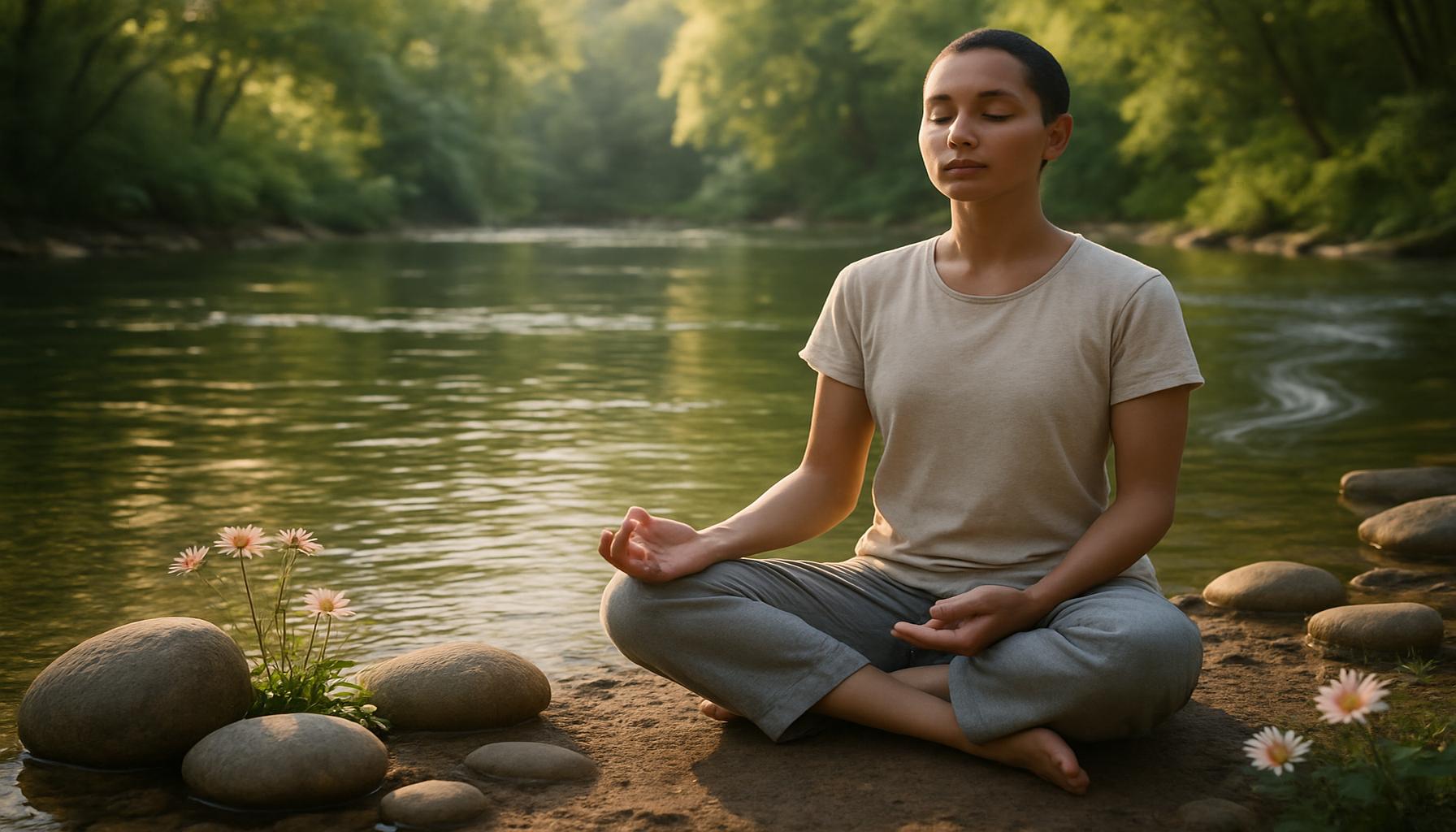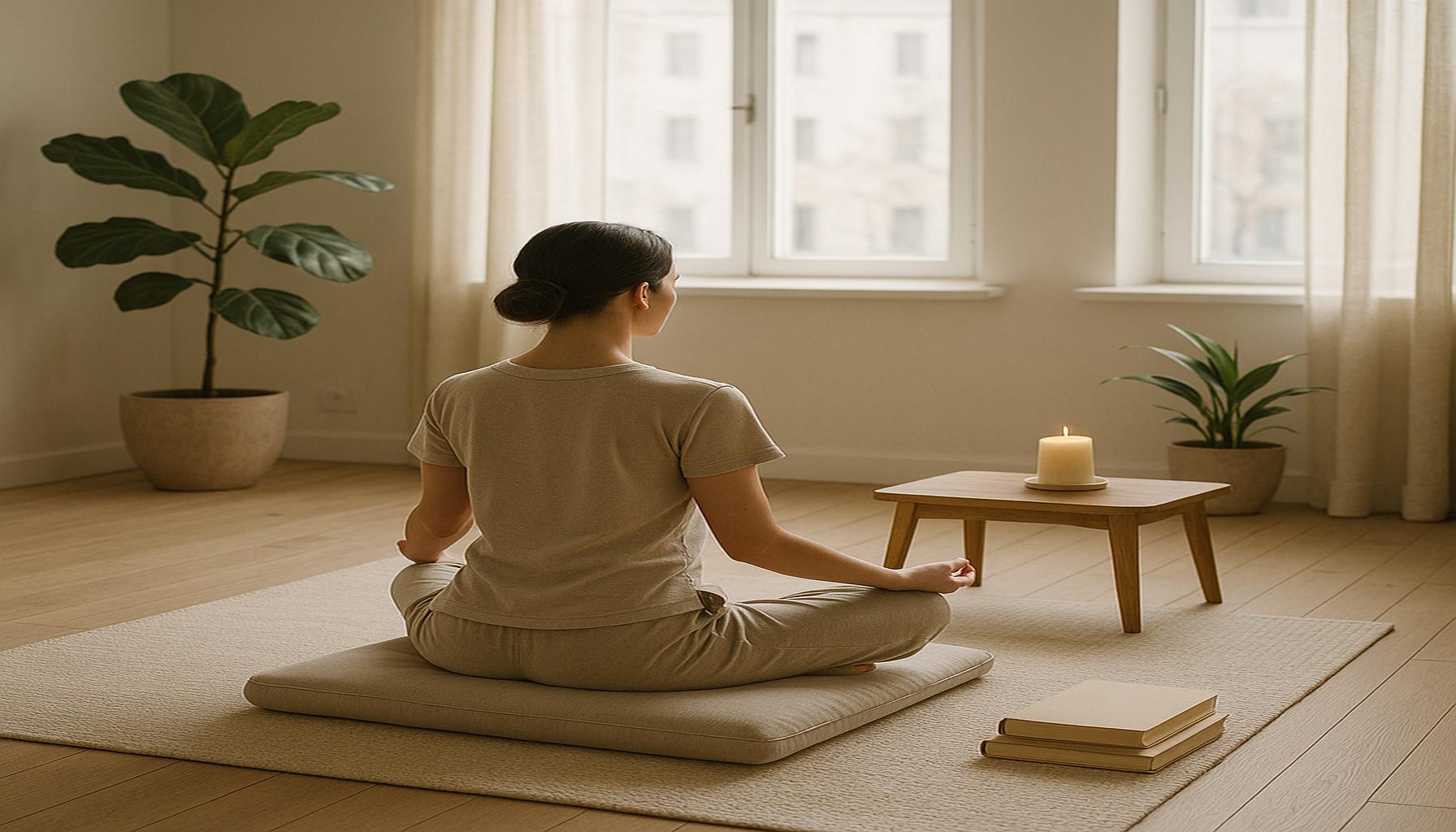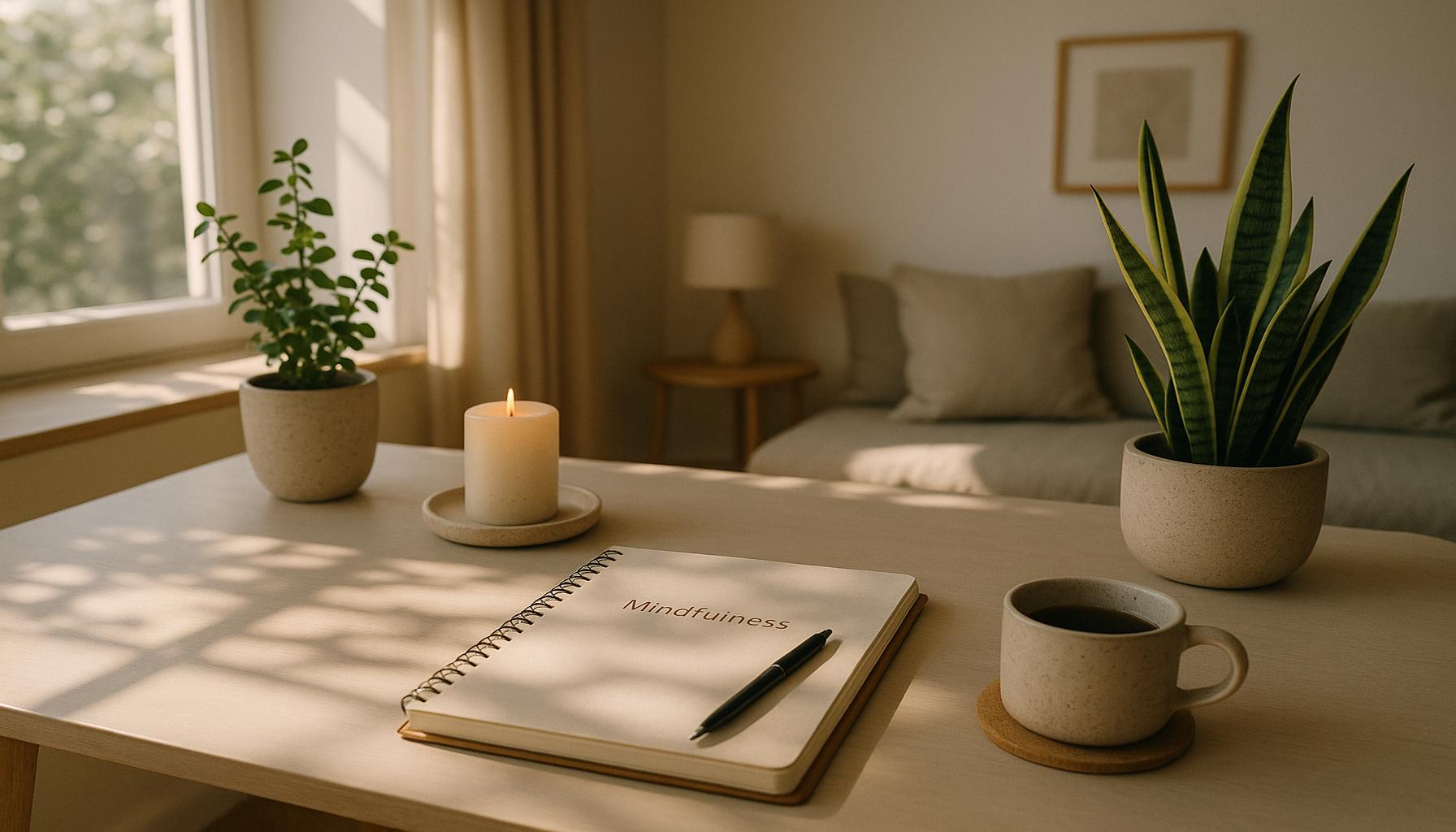Mindfulness and Minimalism: Cultivating Conscious Presence in a Devoid Space
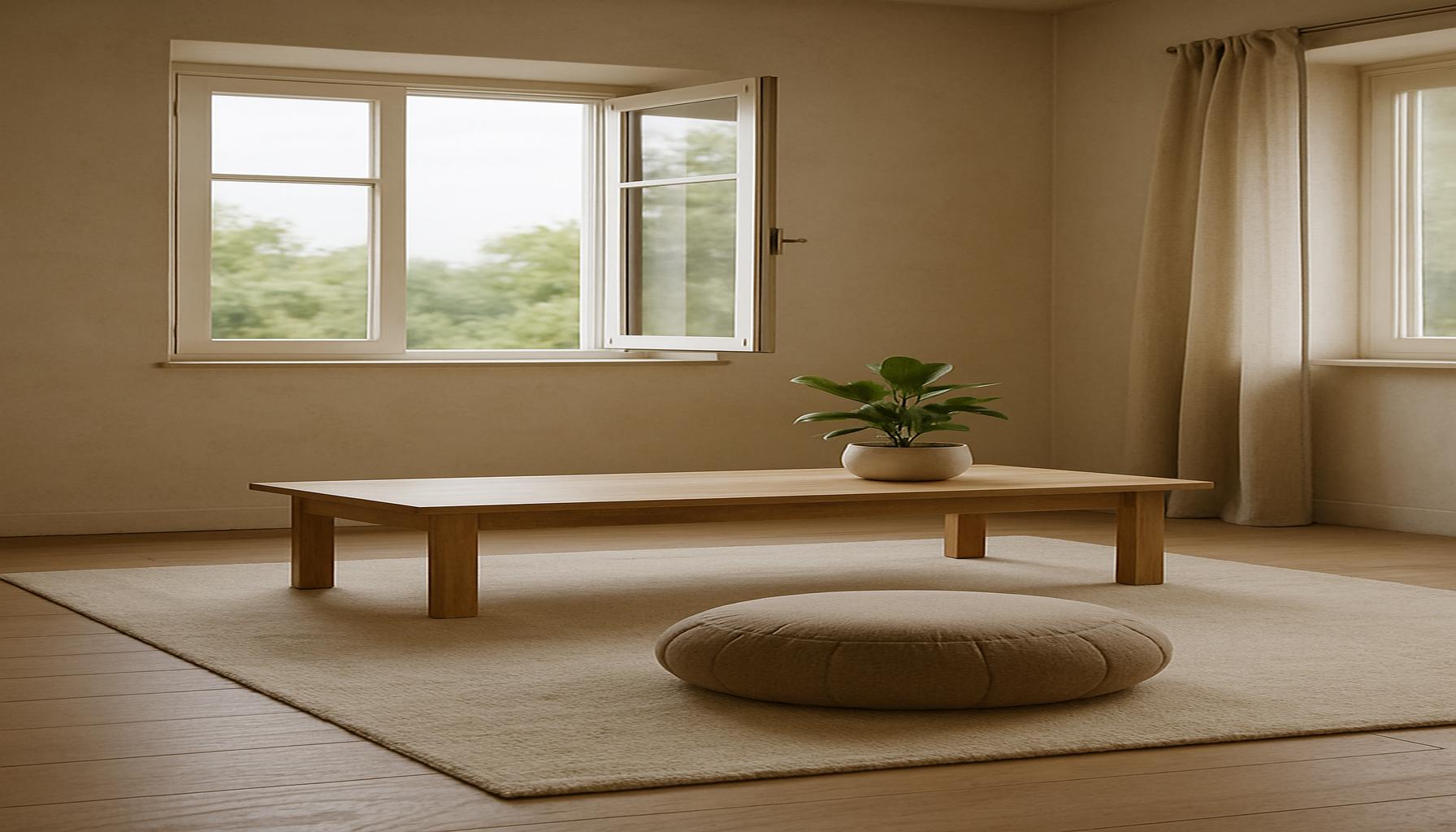
Finding Clarity in a Noisy World
The modern landscape, characterized by its relentless pace, can often contribute to feelings of stress and anxiety. In this chaotic environment, mindfulness and minimalism stand out as frameworks that advocate for a return to simplicity and presence. By developing a conscious awareness of our surroundings and actions, we can begin to rediscover a sense of peace that may seem out of reach.
Exploring the Intersection of Mindfulness and Minimalism
A growing number of individuals across the United States are turning their attention to the integration of mindfulness and minimalism in their lives. This fusion not only helps alleviate the burden of excessive consumption and distraction but also fosters a deeper sense of purpose. Here are some compelling reasons behind this trend:
- Reduced Stress: Minimalism encourages individuals to declutter their physical spaces, which can extend to mental spaces as well. Research indicates that clutter can lead to increased cortisol levels, which is linked to stress. By simplifying our environments—whether by donating unused items or opting for multipurpose furniture—we can create serene spaces that support relaxation and well-being.
- Enhanced Focus: Through mindfulness practices such as meditation or mindful breathing, people are discovering how to sharpen their attention and awareness. A significant benefit of mindfulness is its ability to train the mind to sustain attention in an age full of distractions. Studies have shown that regular mindfulness practice can lead to improved cognitive function and decreased susceptibility to intrusive thoughts.
- Intentional Living: Both mindfulness and minimalism encourage us to make deliberate choices about how we spend our time and energy. Intentionally deciding what to keep in our lives—be it material possessions, relationships, or commitments—can lead to a more fulfilling existence. This conscious approach allows individuals to align their actions closely with their values, promoting authenticity and satisfaction.
The Rise of Mindful Living Workshops
Throughout the United States, the popularity of mindful living workshops and events aimed at embracing a minimalist lifestyle highlights the collective desire for tranquility. These workshops often encompass a variety of techniques, from guided meditations to hands-on decluttering sessions. Participants are encouraged to share their journeys, fostering a sense of community and support.
From decluttering techniques inspired by Marie Kondo’s “spark joy” philosophy to incorporating a daily mindfulness routine, the path to cultivating conscious presence can vary greatly. Some may find solace in journaling their thoughts, while others might explore nature as a means to ground themselves and reconnect with their surroundings.
Ultimately, the journey toward simplicity and mindfulness is deeply personal, driven by individual goals and circumstances. By embracing these practices, we open ourselves up to a life that celebrates clarity amidst a world that often feels convoluted. As we venture into this exploration of mindfulness and minimalism, we may uncover not only a sense of peace but also a renewed appreciation for the beauty of everyday moments.
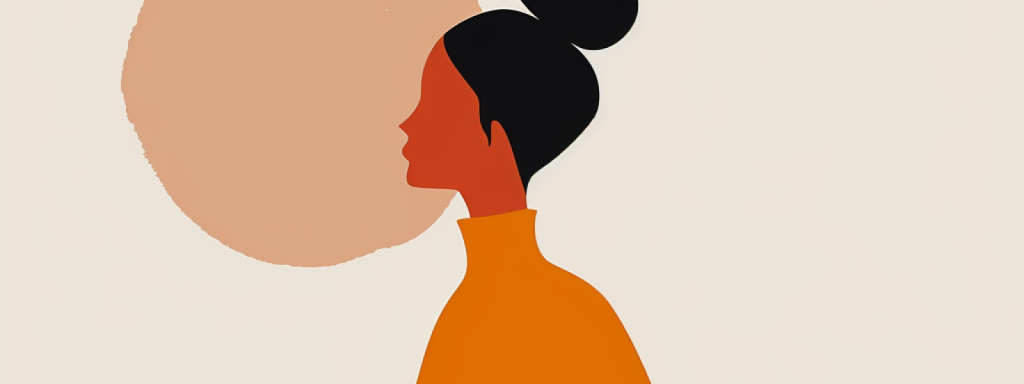
DISCOVER MORE: Click here to enhance your personal organization
Embracing the Power of Less
The practice of minimalism is often perceived merely as a trend characterized by sparse living spaces and a limited wardrobe. However, at its core, minimalism is a profound philosophy that beckons individuals to consider what truly matters. This perspective transforms not only our physical environments but also our mental landscapes, aligning wonderfully with the principles of mindfulness. By stripping away the excess, we create room for clarity and purpose, enabling us to cultivate a conscious presence that resonates with our core values.
The Psychological Impact of Clutter
Psychological research consistently demonstrates that clutter can have significant repercussions on our mental health. A study by UCLA’s Center on Everyday Lives and Families (CELF) revealed a distinct correlation between the amount of clutter in our homes and our overall stress and mental well-being. Participants who described their homes as cluttered reported higher levels of cortisol, the hormone associated with stress, compared to those who described their homes as serene and organized. By adopting a minimalist approach and consciously deciding to keep only what serves our lives, we actively combat these negative effects.
The practice of decluttering not only provides immediate physical space but can lead to long-term emotional relief. By focusing on organizing our environment, we create a sanctuary that reflects our priorities. It’s a step towards establishing a mindful lifestyle, where simplicity reigns and distractions fade.
Practical Steps to Merge Mindfulness and Minimalism
To successfully merge mindfulness with minimalism, consider implementing these practical steps that emphasize both conscious living and spatial clarity:
- Start Small: Begin with a single space, like a drawer or a corner of a room. Assess what items are necessary versus what is just occupying space. This approach allows you to tackle decluttering without feeling overwhelmed.
- Engage in Mindful Decluttering: As you sort through belongings, ask questions like, “Does this item enhance my life?” or “Does it align with my values?” This reflection can help foster a deeper connection to your possessions and allow for more intentional decision-making.
- Set Intentions: Before moving into a minimalist lifestyle, set intentions that reflect what you hope to gain both mentally and physically. Whether it’s increased tranquility or greater focus, having clear goals will guide your journey towards a more mindful existence.
- Simplify Your Schedule: Beyond physical possessions, consider the commitments and activities vying for your attention. Reflect on what is truly essential and align your time with activities that nourish your well-being.
By integrating these steps, individuals can experience a significant shift in both their environment and mindset. The intersection of mindfulness and minimalism is ultimately a pathway to a more intentional life, where each decision is made with careful consideration and consciousness.
| Advantages | Insightful Benefits |
|---|---|
| Enhanced Focus | Practicing mindfulness in a minimalist environment aids in sharpening your attention, allowing you to immerse in the present moment. |
| Reduced Stress | Embracing minimalism can lead to fewer distractions, promoting tranquility that mitigates anxiety and fosters a more peaceful state of mind. |
| Improved Creativity | With fewer stimuli, your mind can wander in new directions, paving the way for innovative ideas and solutions. |
| Stronger Connections | A conscious presence encourages deeper relationships, as you actively engage with those around you rather than being consumed by distractions. |
Exploring the philosophy behind mindfulness and minimalism reveals profound insights into how simplicity can enhance quality of life. By eliminating the extraneous, individuals often experience a remarkable shift in their daily routines, fostering a robust ability to remain centered and present. Additionally, reducing clutter—both physically and mentally—further promotes a sense of clarity and purpose, allowing for thoughtful decision-making and self-reflection.As you delve deeper into these practices, consider how integration into your lifestyle may offer liberation from the chaos prevalent in modern existence. This cultivation of conscious presence is not merely a technique but rather a journey of self-discovery, awakening to the beauty of what truly matters in the space around and within you.
DISCOVER MORE: Click here to learn how minimalism can enhance your time management skills
Cultivating Conscious Presence Through Mindful Practices
As we delve deeper into the relationship between mindfulness and minimalism, it becomes clear that the intersection of these two disciplines paves the way for a richer experience of life. While minimalism emphasizes the removal of physical and mental clutter, mindfulness enhances our ability to be present within that simplicity. The elegant dance of these philosophies fosters an environment where we can access greater peace, creativity, and focus.
The Role of Mindfulness in Enhancing Minimalism
Mindfulness encourages an acute awareness of the present moment, which can significantly enhance the minimalist journey. By incorporating mindfulness practices, individuals cultivate a space where spontaneous joy and gratitude can flourish, even amidst simplicity. Research from Harvard University indicates that practicing mindfulness leads to improvements in emotional well-being and cognitive functioning. Such benefits are particularly pertinent for minimalists, who strive to be intentional in their choices – from the items they own to how they spend their time.
The synergy between mindfulness and minimalism can be particularly powerful when practiced regularly. Techniques such as meditation, breathing exercises, and simple cognizance of sensory experiences allow individuals to reconnect with their environments and themselves. For instance, someone practicing mindfulness can stroll through a minimalist home and take a moment to truly embrace the quality of light streaming through a window or the texture of a simple wooden bench. This realization can deepen the appreciation of how few possessions can offer a profound experience.
Integrating Mindfulness into Daily Routines
To maximize the benefits of mindfulness within minimalism, one can develop simple routines that promote consciousness and presence:
- Meditative Mornings: Start your day with a period of meditation or reflection. A few minutes in the morning spent focusing on your breath can set a mindful tone for the day ahead, allowing you to make intentional decisions about what you choose to engage with.
- Mindful Eating: Practice eating without distractions. By concentrating on the flavors, colors, and textures of your food, you can establish a deeper connection to nourishment, transforming meals into moments of gratitude rather than just a task to check off your list.
- Conscious Communication: Practice active listening during conversations. By being fully present, you can foster deeper relationships while minimizing social clutter often caused by distractions – be it digital or mental.
- Reflective Evenings: Dedicate time in the evening to reflect on the day. Journaling or simply contemplating the moments that brought you joy can enhance mindfulness, helping you appreciate what truly matters in your life.
These practices not only reaffirm an awareness of the present moment but can also redirect focus away from materialism and towards inner fulfillment. The challenge in contemporary culture lies in the constant distraction posed by consumerism; hence, the commitment to mindfulness becomes essential in reclaiming our lives.
Minimalism as an Invitation to Clarity
Minimalism extends beyond physical possessions; it invites individuals to apply the same principles to their thoughts, relationships, and commitments. By narrowing our focus, we can eliminate overthinking and cultivate a clearer mind. According to a report from the American Psychological Association, simplifying decision-making processes and reducing mental clutter significantly enhances productivity and reduces anxiety.
The journey of minimalism encourages us to make conscious choices about what influences our lives. This, in turn, amplifies our capability for mindfulness. As we learn to say “no” to distractions, we inherently say “yes” to meaningful experiences that resonate with our values and aspirations.
DIVE DEEPER: Click here to discover the art of mindfulness
Conclusion: Embracing the Power of Mindfulness and Minimalism
The integration of mindfulness and minimalism serves as a powerful catalyst for transforming our existence in an increasingly chaotic world. By consciously stripping away the excess—both in our physical surroundings and mental landscapes—we create an inviting space that fosters genuine presence and intentional living. This journey not only enhances emotional well-being but also allows individuals to rediscover the profound beauty in life’s simplest moments.
As we cultivate a mindful approach to minimalism, we open ourselves up to opportunities for deeper connections, clarity, and personal fulfillment. The practices outlined throughout this article—meditative mornings, mindful eating, conscious communication, and reflective evenings—illustrate that integrating mindfulness into everyday routines can yield significant benefits. Each moment becomes a chance to embrace gratitude, joy, and intention amidst simplicity.
Moreover, embracing minimalism as an invitation to clarity empowers us to prioritize what truly matters. As the consumerist distractions continue to proliferate, the commitment to mindfulness and minimalism becomes not just beneficial, but essential for reclaiming control over our lives. This dual approach encourages us to make deliberate choices that resonate with our core values and aspirations, turning our devoid spaces into sanctuaries of peace and presence.
In conclusion, the harmonious relationship between mindfulness and minimalism paves the way for a more meaningful, enriched life. As we navigate this journey, we are reminded that the path to conscious presence lies not in accumulating more, but in being fully engaged with the beauty of what we already possess. It’s time to embrace the simplicity that allows our true selves to emerge.
